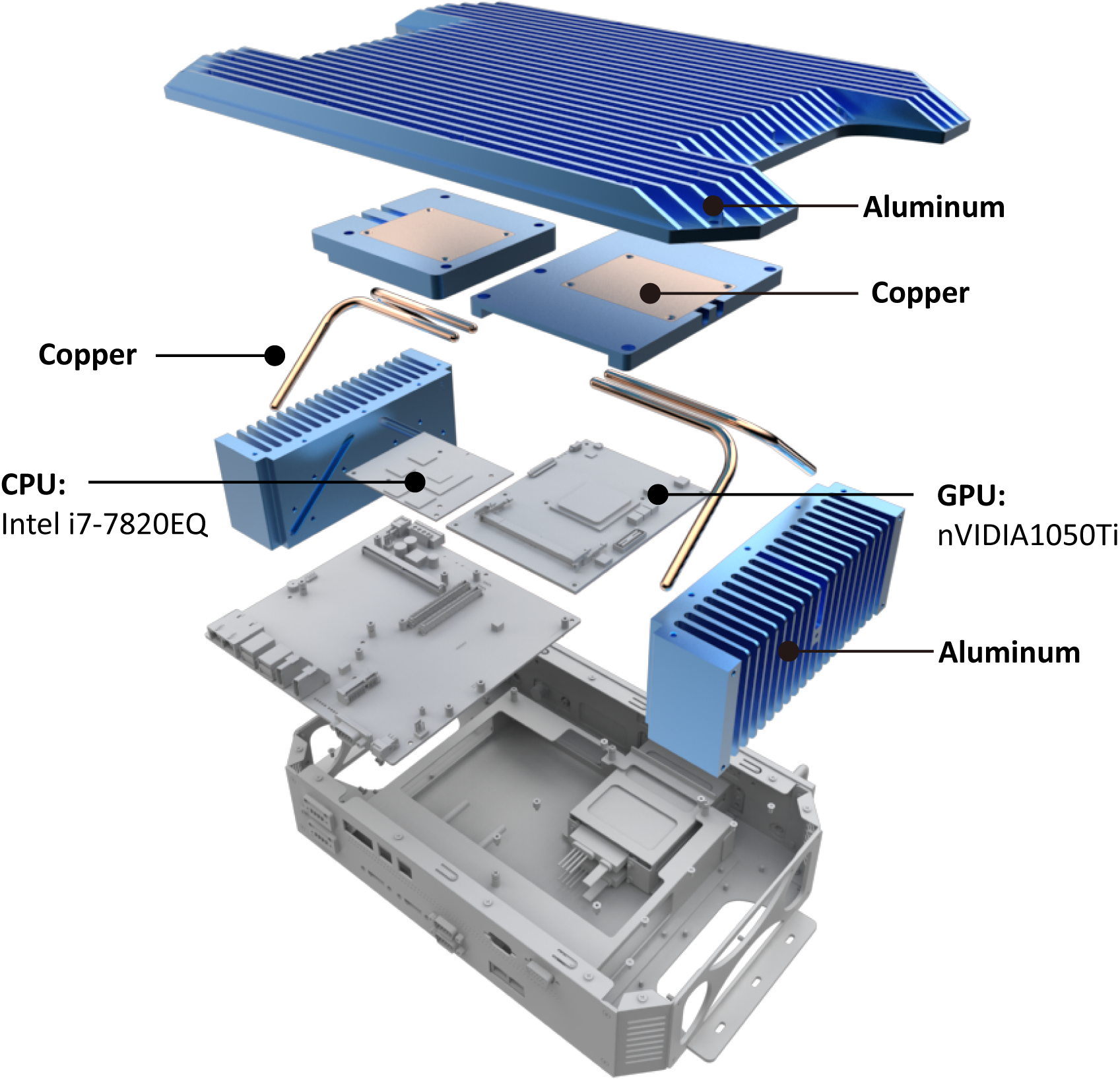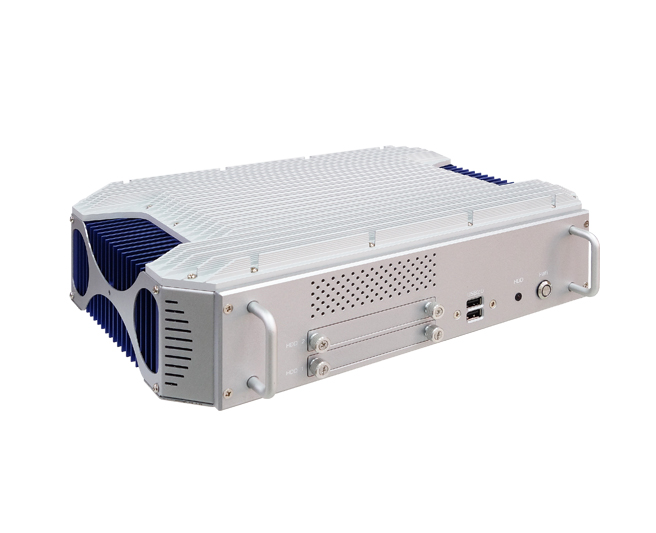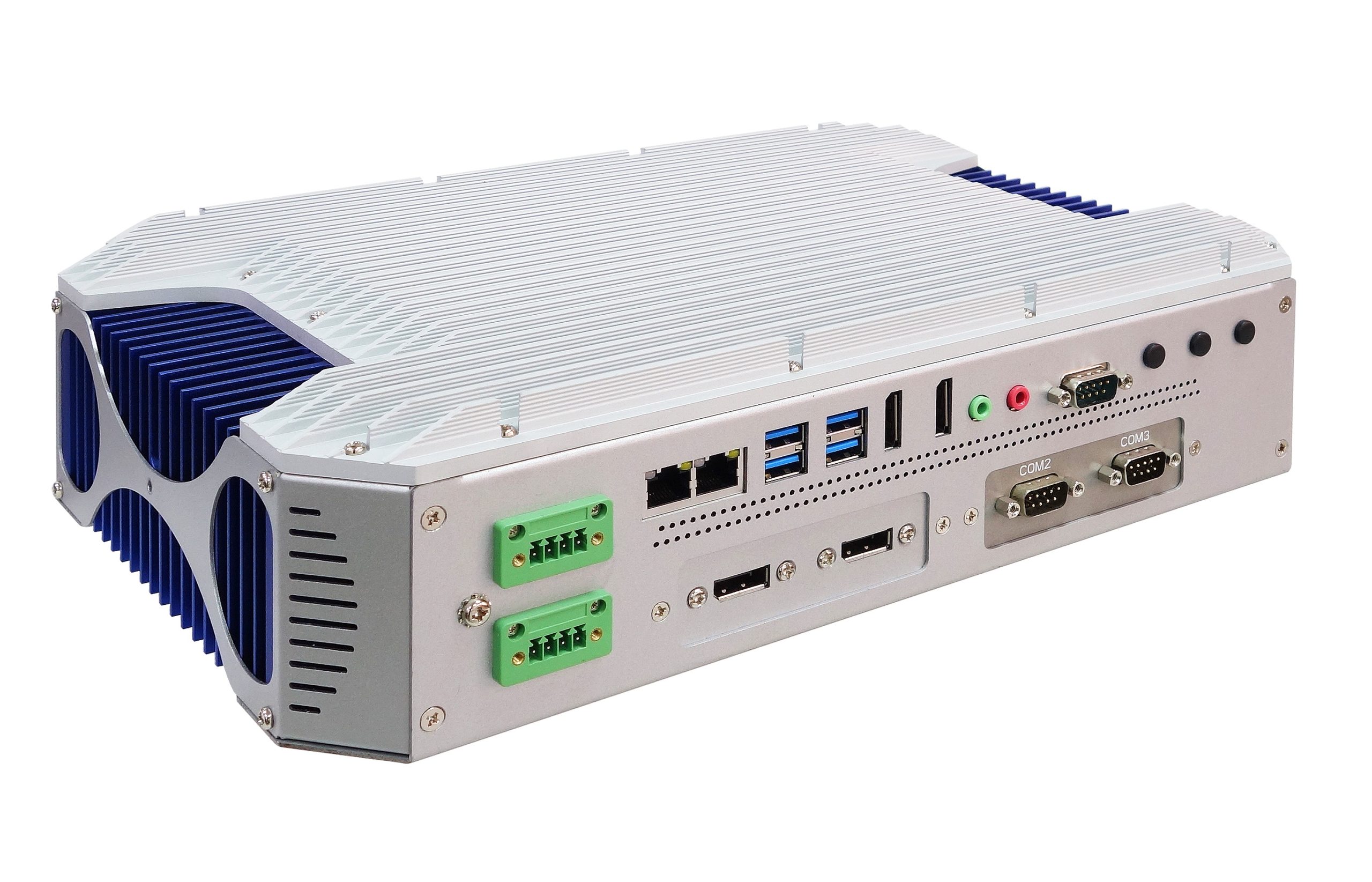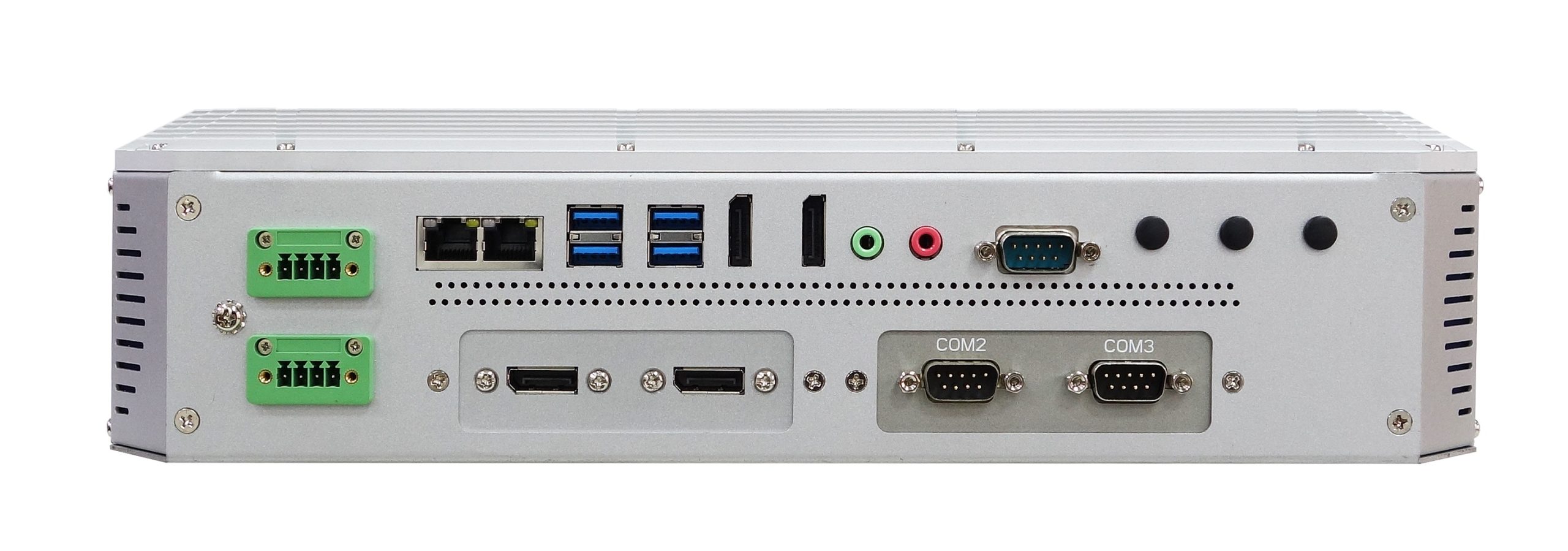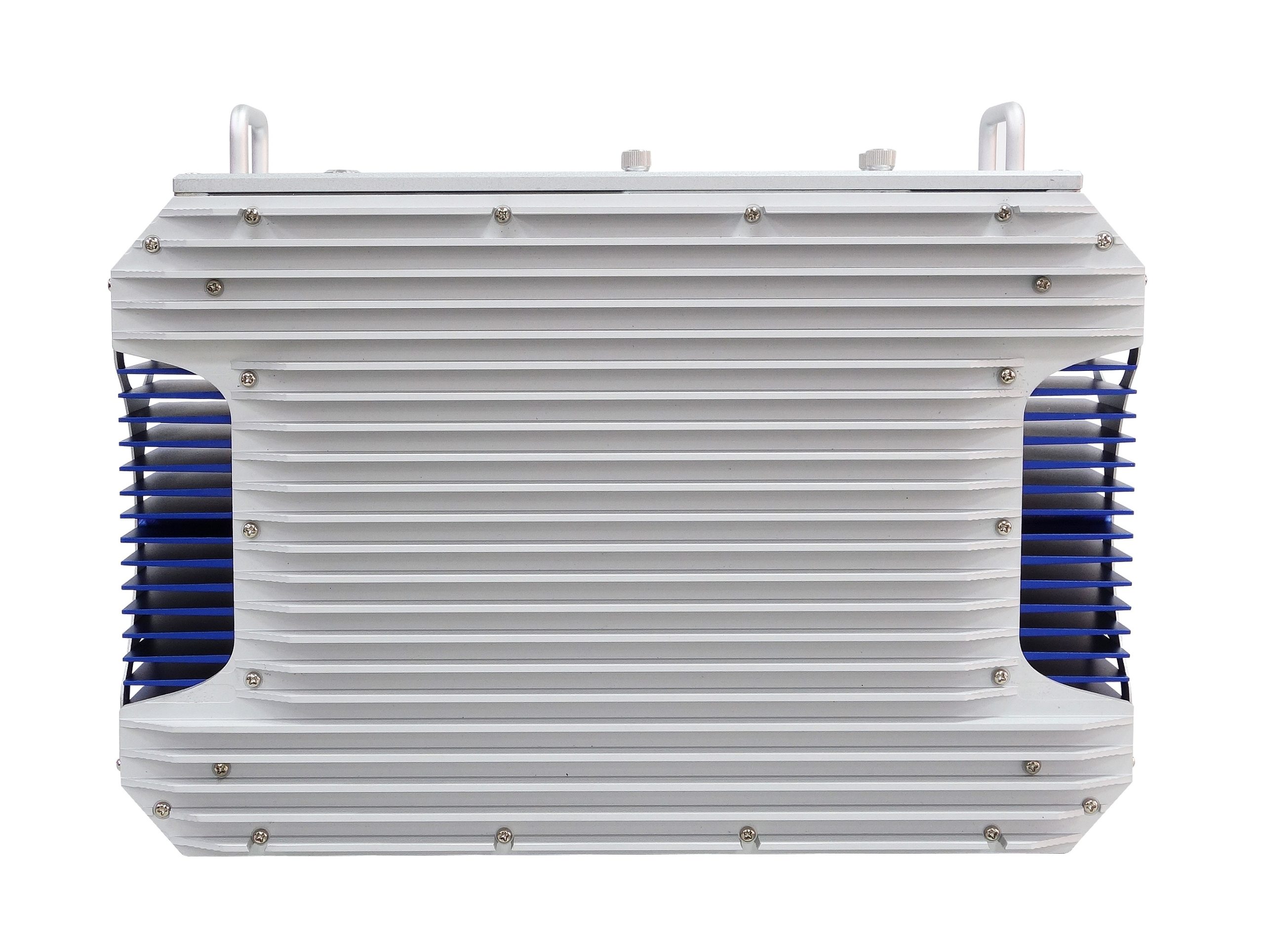Technical Profile
Introduction
To achieve Artificial Intelligence Security in Traffic field, high performance GPUCPU structure is an essential element. HORUS330-X1 plays a critical role in Sensor Fusion framework, which is fundamental of Traffic surveillance and management system. 3D LIDAR Enforcement, a gradually recognized and matured surveillance device, using LIDAR cameras technique to reach accurate and efficient traffic monitoring and detection. Moreover, the Sensor Fusion Capability makes HORUS330-X1 can be widely used for different situations, UGV or Smart City.

- How Autonomous Vehicle Works
Sensors are key components to make a vehicle driverless. Camera, radar, ultrasonic and LiDAR enable an autonomous vehicle to visualize its surroundings and detect objects. Cars today are fitted with a growing number of environmental sensors that perform a multitude of tasks. The control system integrated sensors for AV encompasses three parts: perception, decision and execution.
PERCEPTION LAYER
Perception enables sensors to not only detect objects, but also acquire and eventually classify and track objects surround.
DECISION LAYER
Decision-taking is one of the most challenging tasks that AVs must perform. It encompasses prediction, path planning, and obstacle avoidance. All of them performed on the basis of previous perceptions.
EXECUTION LAYER
Execution layer consists of interconnection between accelerator, brakes, gearbox and so forth. Driven by Real-Time Operating System (RTOS), all these devices can carry out commands issued by Driving Computer.
Required High Performance Computing Power
In response to an exponential increase in the usage of the autonomous vehicles across the globe, 7StarLake continuously develops suitable products for self-driving cars. 7StarLake’s GPGPU AI Fusion computers provide complete structure for image processing and driving with remarkable durability for various unpredictable conditions and perfect adaptation for multi-usage. It can process variant vision sensor data synchronously, and offer a high-performance solution for automated driving that supports all relevant sensor interfaces, buses, and networks.
Depending on environmental condition and application, AV requires different facility composition and system organization. In recent innovating and examining process, AV is commonly used in three main fields: Load lifter, Shuttle bus, and Battle MUTT. To learn more details about the operation, please check out the highlight solutions below.


CPU
The HORUS330-X1 offers highly effectively heat conductive and heat convective thermal solutions to meet the demands of customers’ extended temperature requirements. The heat conductive solutions uses an aluminum flat mass to place in direct contact with the processor and chipset, the heat from chips then transfers it to the case of the system. In addition, the convective thermal solutions introduce airflow directed to move across the surface of a fin style heatsink placed on top of the processor and chipset. This can be done with the aid of an appropriately sized fan placed in top of the fin style heatsink. Alternately, enclosure airflow can be routed to flow across a fin style heatsink.
| Device Model | HORUS330-X1 |
| Tester | Robin Chang |
| Test Result | Pass |
| Test Temperature | High 0°C~60°C / Low -20°C~0°C |
| Test Time | 8 Hours / 1.5 Hours |
| Test Standard | Reference IEC60068-2 |
| Test Software | Burnin test v6.0 |
| Criteria | After testing, system can’t halt. |
Test Configuration
Device | Configuration |
|---|
| CPU | Intel® Core™ i7- 7820EQ Processor 3.70 GHz |
| Memory DIMM | Innodisk 8GB DDR4 SODIMM |
| SATA Port1 | Innodisk 3ME4 2.5″ SATA SSD 64GB |
| SATA Port2 | Innodisk 3MG2 2.5″ SATA SSD 512GB |
| LAN1 | Intel® I219 Gigabit Network |
| LAN2 | Intel® I210 Gigabit Network |
| Test Software | Burnin test v7.1、AS SSD、
Intel Extreme Tuning Utility、iperf |
| Chamber | KSON THS-b4t-150 |
Thermal Measurement
7starlake provides real lab testing figures to show how CPU performance is with each tailor made thermal kits as important references and design guide for system engineers. For system integration, the crucial challenge is the operation performance under high temperature, thus 7starlake conducts long time experiments to make sure the superior testing result for all critical missions. By revealing temperature at processor T junction, processor die and heat sink, 7starlake is able to analyses the thermal solution we designed achieves maximum efficacy and observe CPU performance. The high temperature testing takes 5.5 hours which at each temperature point we burn in HORUS330-X1 for two hour, from 50 to 60°C.
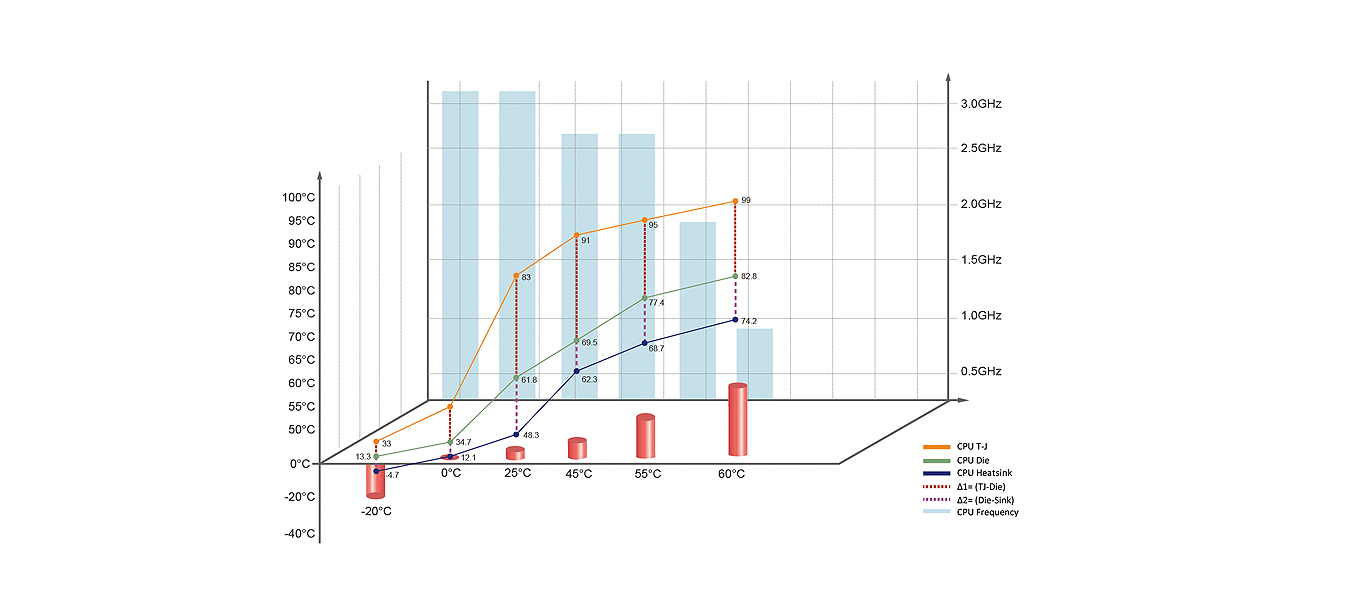
HORUS330-X1 CPU Performance
Point | -20°C | 0°C | 25°C | 45°C | 55°C | 60°C |
| CPU T-J | 33 | 55 | 83 | 91 | 95 | 99 |
| CPU Die | 13.3 | 34.7 | 61.8 | 69.5 | 77.4 | 82.8 |
| CPU Heatsink | -4.7 | 12.1 | 48.3 | 62.3 | 68.7 | 74.2 |
| CPU Frequency (GHz) | 3.4 | 3.4 | 2.6 | 2.6 | 1.8z | 0.8 |
HORUS330-X1 GPU Performance
Point | -20°C | 0°C | 25°C | 55°C | 60°C |
| GPU T-J | 15 | 30 | 63 | 82 | 86 |
| GPU Die | 15.6 | 29.8 | 55.1 | 74.9 | 84.1 |
| GPU Frequency (GHz) | 1124 | 1124 | 1137 | 706 | 706 |
Thermal Solution
Effective cooling solution for maximum heat dissipation:
7starlake implements unique cooling solution with copper heat spreader, pure copper heat pipe and aluminum heat sink for maximum heat dissipation. With the aluminum heat sink enclosure allows dual-sided heat dissipation. We especially adopt the physical property of copper and aluminum, the heat spreader touches the heat source – processor and chipset and absorbs the heat rapidly, the heat then transfer to heat pipe; heat pipe is two-phase heat transfer involves the liquid-vapor phase change of a working fluid, the aluminum heat sink dissipates the heat into surrounding air promptly. With the benefits of fanless design, HORUS330-X2 can ensure high reliability and stability while working under wide range temperature from-20°C up to 50°C.
